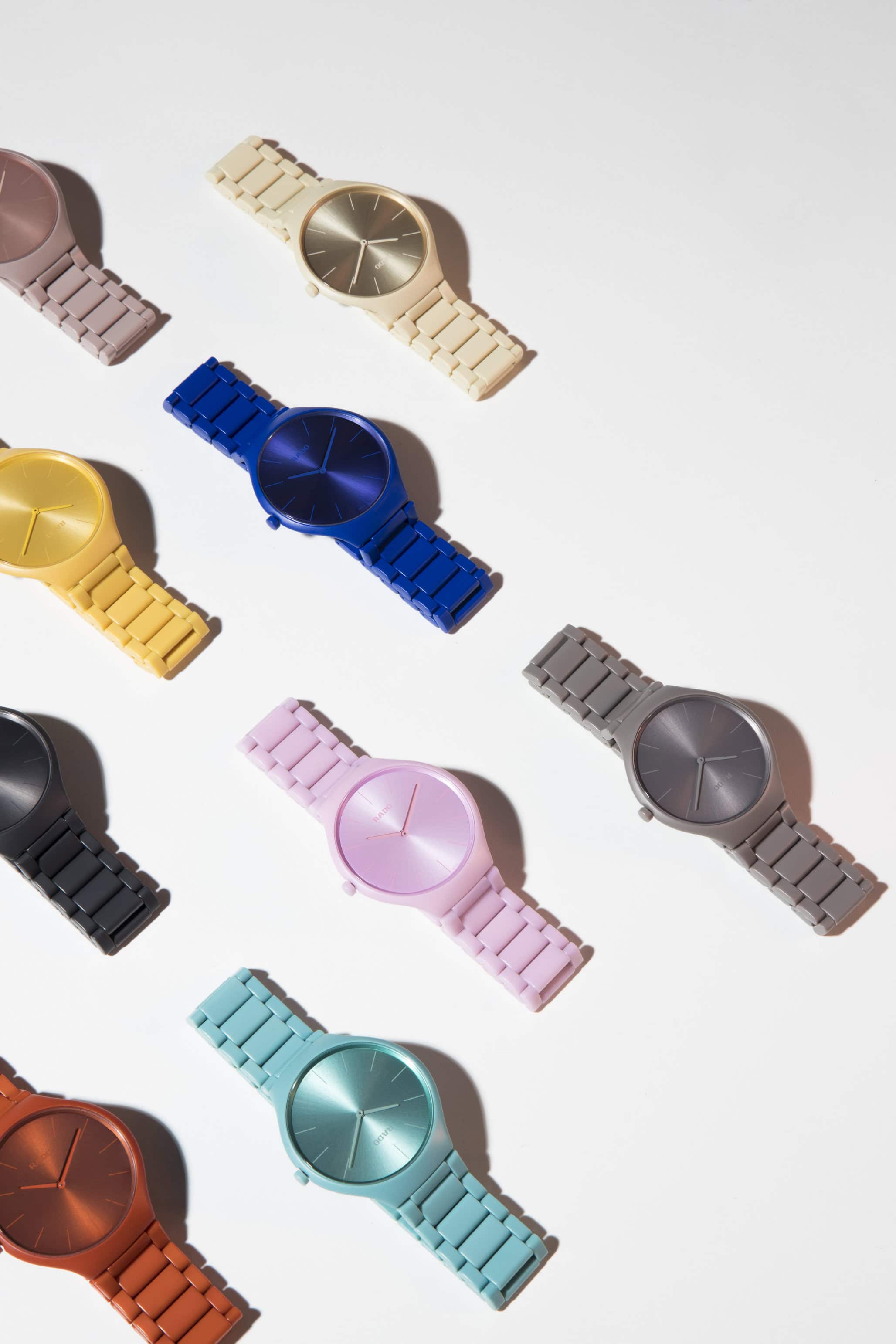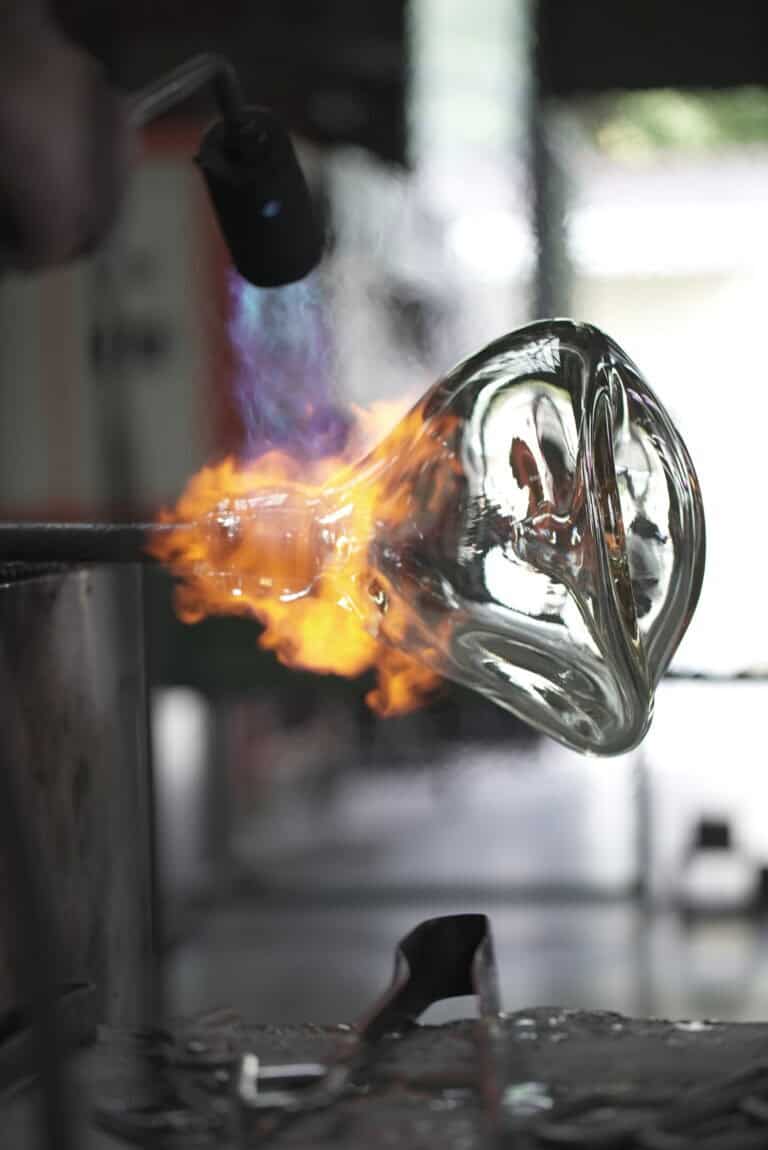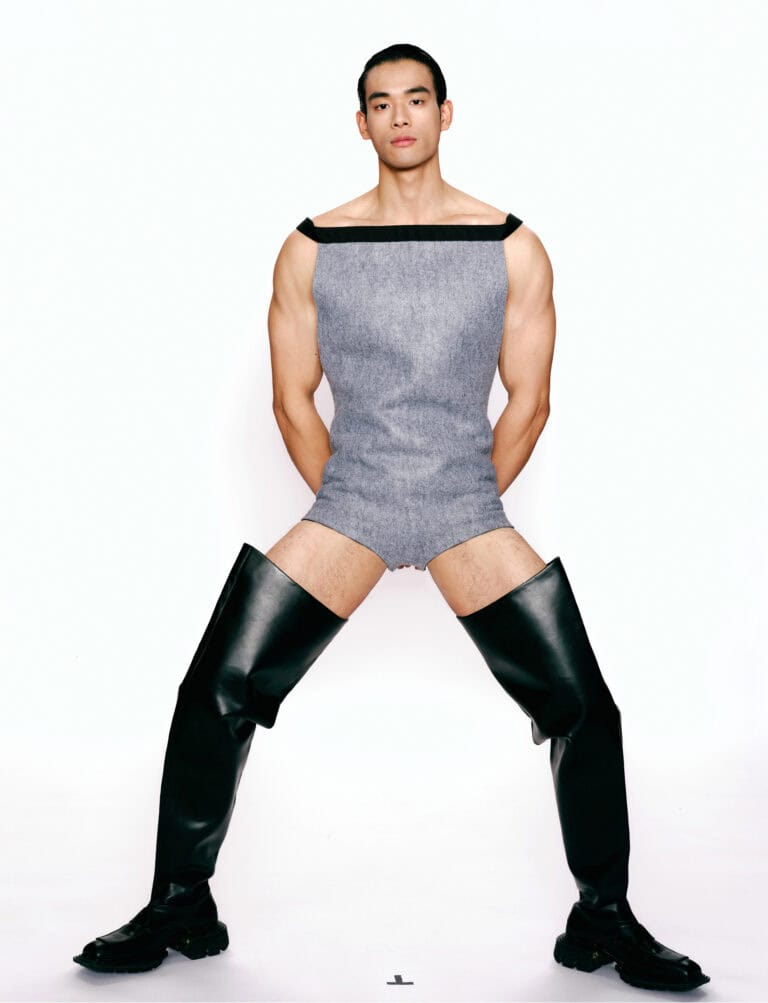
RADO PERFECTION IN COLOR
Solfrid Marie Skaret

Le Corbusier was truly a pioneer. His color theory is still the most relevant one in the world today. The fact that nobody else has created a more relevant theory since then is really a testament to how important his work was and remains. Matthias Breschan, CEO of Rado, says to IRK.
Le Corbusier
Charles-Édouard Jeanneret, famously known as Le Corbusier, is widely remembered for his Architectural Polychromy. A color system still studied and used by architects and designers all over the world. Le Corbusier first published his theory in 1931, and it famously revolves around three concepts. Firstly that colour creates atmosphere and ambiance. Second that contrast is achieved by applying synthetic pigments. And third that transparent synthetic pigments are used to alter surfaces without affecting how the eye perceives space.
According to Le Corbusier, colors also influence people’s psychology. “With our new collection, we want to express experience, mastery of materials, freshness, and fun. In order to ensure that we were using the exact colors that Le Corbusier identified, and not just versions of them. We wanted to partner up with Les Couleurs Suisse. The company exclusively mandated to license his original palette of architectural colors. With this partnership, we are guaranteed access to his colors. We are very proud of this achievement.” the CEO explains.
Born in the heart of the Swiss watchmaking country, Le Corbusier immersed himself in architecture, design, art and urban planning. His pioneering use of reinforced concrete to create new buildings in intriguing forms is a hallmark of modernism. It earned him the unofficial title; “Father of Modernism”. In 1931 he identified and presented 43 colors. In 1956 he added 20 more. His colors were thereafter divided by mood and put into nine groups.
Matthias Breschan informed us “For each of these groups, we have created one color in high-tech ceramic. There were three elements to choosing the right colors for the “True Thinline” collection. Firstly, we wanted to create colors that represented Le Corbusier’s nine groups. Then, we looked at which were the most challenging to create. Finally which colors we felt were the strongest and would resonate most with our customers.”
Rado watchmaking
The Rado watchmaking factory was first founded in 1917. Under the name The Schlup & Co by brothers Fritz, Ernst and Werner. The company debuted its iconic Golden Horse collection in 1957. By the end of the decade, Rado was a truly international brand, present in over 61 countries. Today, Rado is famous for its innovative design and use of revolutionary materials. Their brand philosophy being; “if we can imagine it, we can make it”.
Breschan says ““True Thinline” could already be described as the ultimate Rado collection. But our partnership with Les Couleurs Suisse has taken it one step further. We used our experience to perfectly calibrate the powders, mix the pigments and set the exact sintering cycle to create the colors we wanted consistently. That was a delicate process.”
According to the CEO “True Thinline” differs, however, from Rado’s previous collections. As it is a culmination of everything the company has learned after more than 30 years of experience working with high-tech ceramic. The “True Thinline” collection is not intended to mark the end of our development work with ceramic. But to capture an exciting and historic point in time for our brand. This is our first collection to use an injected monobloc high-tech ceramic case. The first to have a full high-tech ceramic construction for the case and bracelet. As well as the first to feature our growing color palette, he points out.
The “True Thinline” watches are produced in limited editions of 999 exclusive pieces per color.”
Rado’s new “True Thinline” collection is an achievement they can be proud of. Their true and trusted designs combined with the perfection of Le Corbusier colors. Makes this new collection a perfect choice for those who love art, design, and want a statement watch that is a little different from the normal. You can find these new bright-colored and elegant “True Thinline” watches at the Museum of Modern Art’s stores just in time for the spring and summer season.
Want More: The BLISS issue 10 PDF is available for free through the Covid19 Isolation.
Share this post



